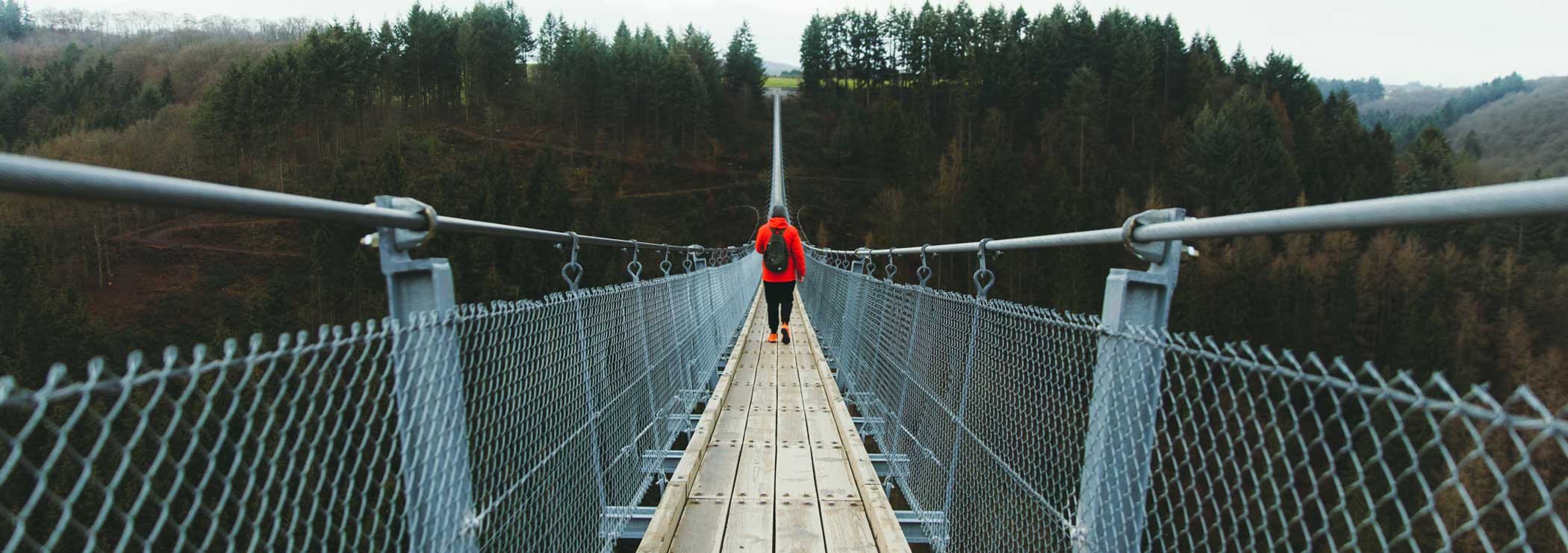
Time to Read 4 min
If you are to implement a safety function, the question is: "Do we want to implement safe development processes in our own organization or not?" This blog provides criteria and suggestions on this question.
All companies operate by processes. These may not be explicitly written down, but they are in place. When it comes to functional safety, formulated processes are inevitable. The standards also prescribe a large number of process steps. Therefore, everyone who wants to develop functionally safe products usually is faced with the following task:
- Documentation of the own development processes
- Study of the standards, definition of the requirements for those development processes
- Analysis of the missing process parts (gap analysis)
- Establishment of process change management
- Closing the process gaps step by step
This means a lot of effort. It is also difficult to estimate how long the process introduction will take, because this depends on how change-ready the engineers concerned and your organization as a whole (incl. management) are. The following thoughts should help with the decision:
- Product: How large is the share of safety of the product features? Is safety the main feature of your product (e.g. as a manufacturer of a safety relay) or only a non-functional requirement demanded by a standard (e.g. the thermal protection of a thermo block of a coffee machine)?
- Project: Can you cope with the additional effort and time delay for process development in the current project? Are your milestones and time-to-market achievable, and do you have sufficient resources and skills to carry out process development in parallel with technical development?
- Organization: Does the introduction of processes for functional safety fit with the strategy of your organization or your development department? Do you see yourself in the future as a competence center for functional safety developments within your group or are such processes far less important than processes in the core area of your field of activity (which, after all, does not only include development)?
Depending on the product, project or organizational situation, you can choose from the following scenarios:
- Establish your own development processes for functional safety (big bang approach). Two points are important here:
- Tailoring: build your processes to differentiate between a standard project and a functional safety project. So you can avoid burdening your standard projects with time-consuming process steps that are only needed for functional safety.
- Parallelism: Always introduce the processes together with a specific project. In this way, you ensure that the processes which you have devised actually work.
- Use the process landscape of a service provider in the area of safety development (collaborative development). You bring in the expertise of your industry, but work with the processes and tools of the service provider and thus gain insight (possibly with regard to the later introduction of such processes) into how a development is carried out from the point of view of functional safety.
- Outsourcing of the complete development of the safety circuit (outsourcing of the system, hardware and software development). As specialization in all industries continues, this is a viable option. Because you probably stopped developing your own power supplies a long time ago (unless that is your core business) and the operating system on which your software runs is also a third-party product.
Each of these three options has advantages and disadvantages:
- Work out your own development processes
- Advantages:
- The processes for later developments are ready
- Disadvantages:
- The most costly option in terms of its effort
- All parties involved normally have to go through a steep learning curve, including training and education
- As a result, it is also the riskiest variant, incl. a first fail
- Advantages:
- Work in the service provider's process landscape
- Advantages:
- Small initial investment
- Good learning effect
- Disadvantages:
- Until you have created your own process landscape, you are dependent on the service provider
- Advantages:
- Outsourcing the development
- Advantages:
- You do not have to deal with safety processes
- Can be the most efficient method in terms of cost and development time
- Hardly any risks (if the service provider has the appropriate processes and experience)
- Disadvantages:
- Your organization does not have much learning effect unless you include some of your engineers in the external team
- Advantages:
Whichever scenario you choose: Solcept can support you to implement it successfully. Get in touch with us!
Samuel Leemann
Do you have additional questions? Do you have a different opinion? If so, email me or comment your thoughts below!
Author

is MSc EE ETHZ, hardware-, system- and safety-specialist and co-owner at Solcept. His previous professional activities were in the commercial field and in the development of medical and communication technology. Principles that guide him in development work are simplicity and safety. Samuel is an everyday cyclist, enjoys hiking and keeps fit with yoga.
No Comments